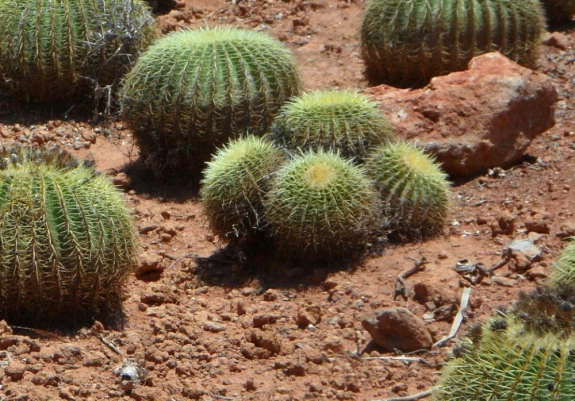
Plant Material Application
Using a diverse, species rich seed mix of regionally appropriate species will help to ensure a successful restoration project by providing ground cover throughout the year, habitat complexity, and resistance against opportunistic invasive species [1]. Remember to use a seed mix that is diverse in its functional groups (forbs, grasses & shrubs/trees), phenology (winter & summer active species), and flower type (color and size) [2].
Broadcast Seeding
An appropriate method in situations where large areas need seeding and the soil is too rocky, the site unprepared, or the terrain too steep/uneven to use drill seed or hydroseed equipment.
Drill seeding
A way of placing seeds within small furrows in the soil surface at a relatively uniform rate. Many species demonstrate greater emergence when drill seeded compared to other seeding approaches.
Hydroseeding
Less intensive than hand seeding, this approach involves spraying a mixture of seed, mulch, and fertilizer in a water-based slurry to the soil surface, can also be used to prepare a seedbed.
Passive Restoration
Restoration does not necessitate the addition of new plant materials. Passive restoration includes the cessation of an environmental stress.
Planting Plugs
In many cases, direct planting of established plants is a more effective approach than seeding. This can be the case if you are restoring a very small area, using plants that are known to have poor germination success, or using plants that have extremely slow establishment rates.

